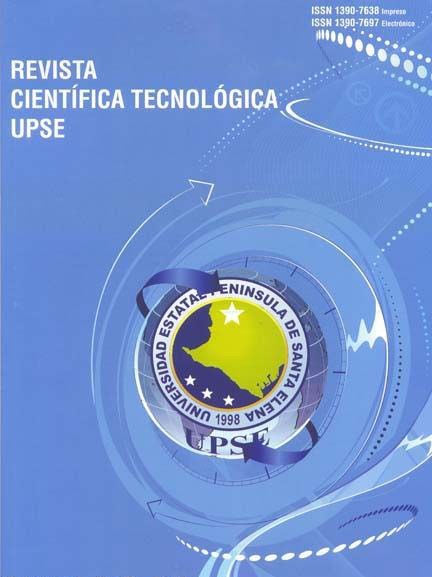Study and Analysis of Left Laterality in the city of Guayaquil: The Leucine-Rich Repeat Transmembrane Neural Protein 1 (LRRTM1) gene as a determining factor
DOI:
https://doi.org/10.26423/rctu.v1i2.21Keywords:
left sided, LRTM1Gene, Education, Left-Handedness, Science and TechnologyAbstract
The present research analyzes the determining factor in the variation of laterality in humans. The fact that there is little information on the subject, was the main motivation for conducting this article that has as its first objective help find possible answers to having dominance in the left side of the body, pointing to the gene genetic causal LRRTM1 , which determines the handedness. Also, with this scientific paper reports on the results obtained after analysis of quantitative and qualitative systematic study periods during 2011-2012 in the city of Guayaquil. The research results provide a contribution for people possessing left handedness can be induced from an early age to develop human talent in the fields of sciences, arts and humanities or more while being task of education XXI century promote science and technology at the country level.
Downloads
References
Portellano, J. A. (1992). Introducción al estudio de las asimetrías cerebrales. Madrid: CEPE.
McManus, C. (2004). Right Hand, Left Hand: The Origins of Asymmetry in Brains, Bodies, Atoms and Cultures. .Londres: Phoenix.
Francks, C., Maegawa, S., J., L., Abrahams, B., Velayos-Baeza, A., Medland, S., y otros. (2007). LRRTM1 on chromosome 2p12 is a maternally suppressed gene that is associated paternally with handedness and schizophrenia. Molecular Psychiatry, 1129–1139.
Statistics, O.f. (s.f.). http://www.statistics.gov.uk/default.asp. Recuperado el 14 de abrildel2011, de www.statistics.gov.uk
Roldós Arosemena, E. (14 de octubre de 2010). Psicólogo, Sociólogo. (Vergara, Antonio -Entrevistador)
Downloads
Published
Issue
Section
License
El titular de los derechos de autor de la obra, otorga derechos de uso a los lectores mediante la licencia Creative Commons Atribución-NoComercial-CompartirIgual 4.0 Internacional. Esto permite el acceso gratuito inmediato a la obra y permite a cualquier usuario leer, descargar, copiar, distribuir, imprimir, buscar o vincular a los textos completos de los artículos, rastrearlos para su indexación, pasarlos como datos al software o usarlos para cualquier otro propósito legal.
Cuando la obra es aprobada y aceptada para su publicación, los autores conservan los derechos de autor sin restricciones, cediendo únicamente los derechos de reproducción, distribución para su explotación en formato de papel, así como en cualquier otro soporte magnético, óptico y digital.












